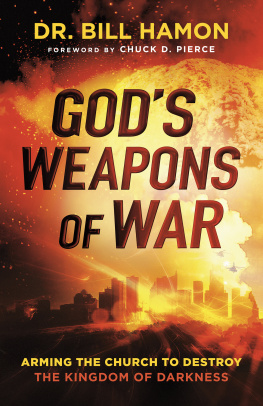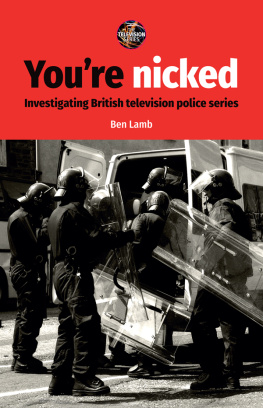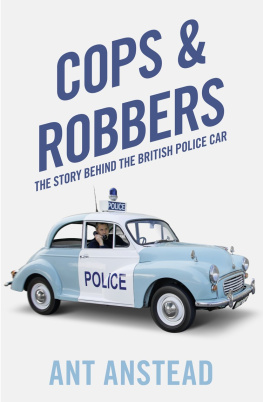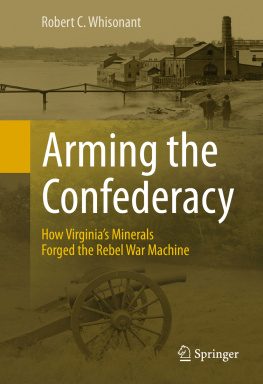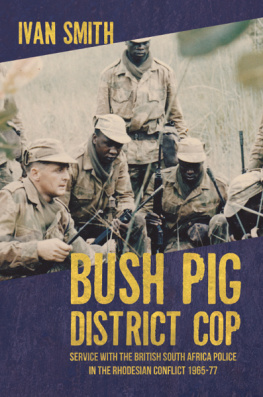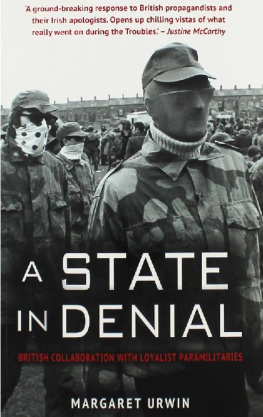First published 1997 by Frank Cass & Co. Ltd
Published 2020 by Routledge.
2 Park Square, Milton Park, Abingdon, Oxon OX14 4RN
52 Vanderbilt Avenue, New York, NY 10017
Routledge is an imprint of the Taylor & Francis Group, an informa business
Copyright 1996 Roy Ingleton
All rights reserved. No part of this book may be reprinted or reproduced or utilised in any form or by any electronic, mechanical, or other means, now known or hereafter invented, including photocopying and recording, or in any information storage or retrieval system, without permission in writing from the publishers.
Notice:
Product or corporate names may be trademarks or registered trademarks, and are used only for identification and explanation without intent to infringe.
Bristish Library Cataloguing in Publication Data:
A catalogue record for this book is available from the British Library
Library of Congress Cataloging-in-Publication Data:
A catalog record for this book is available from the Library of Congress
ISBN 13: 978-0-7146-4299-4 (pbk)
Newspaper headlines, television and radio news broadcasts and public opinion, all speak of the violent society which exists in Great Britain in these, the final years of the twentieth century. Many honest citizens despair at the apparent impossibility of curbing the ever-growing number of robberies, burglaries, muggings and even murder. Indeed, so widespread is the fear of violent crime that there are frequent, strident calls for our traditionally unarmed policemen and women to be issued with guns and to carry firearms routinely, whenever they are on duty.
Even the police themselves, for many years totally opposed to the idea of being armed, are more and more coming round to the view that the day is fast approaching when this state of affairs will arise.
Despite the undoubted high levels of serious crime which we are experiencing, there remains an equally vehement and convinced body of opinion which sees the arming of the police as the last straw, the end of civilization as we know it. It is maintained that the police in the United Kingdom (excepting, of course, Northern Ireland during the terrorist activities there) have always been unarmed and any change in this policy is viewed by many with dismay.
But is this entirely true? Many readers will be surprised at the extent to which the police have carried firearms in the past and even the present-day proliferation of armed police officers is not always appreciated. Certainly there are cogent arguments both for and against a routinely armed police service and the aim of this book is to take a cool and dispassionate look at the position, to weigh up the perceived advantages and disadvantages of this undoubtedly grave step and to try to provide a sound platform on which to base any ultimate decision.
How do they manage in other countries? Many police officers throughout the world perhaps the majority carry a firearm whenever they are on duty, but although Britain is unusual in having an unarmed police service it is by no means alone. The decision whether or not to arm the police tends to be based on the national temperament as well as on historical and traditional grounds. It is often asserted that the phlegmatic British are less volatile than the populace in other countries, but is this assumption based on fact? And has the British character changed so much over recent years that an armed police force is now necessary? What in fact is the experience of those countries which have long been accustomed to seeing a policeman with a pistol on his hip, or more discreetly concealed beneath his jacket or under his armpit? The example of the United States is often cited, especially by the opponents of the proposal, but is this a valid comparison? Should we not look closer to home and examine the police forces in Europe and in the former British Dominions in Canada and the Antipodes?
Bearing all these factors in mind, this book examines the history of violent crime in the United Kingdom and the extent to which this has been directed towards the police themselves in order to determine whether the police are now facing, as is often believed, a greater danger than ever before.
The issuing of firearms and other weapons to the police over the years and the more recent introduction of armed response vehicles is also examined, as are a limited number of occasions when actual use has been made of such weapons. The usual arguments for and against the issuing of firearms to the police will be aired and viewed in the light of the experience gained in a number of other countries in Europe, as well as in the USA, Australia and New Zealand. How often do the police in these countries resort to the use of firearms and under what circumstance? Does the carrying and use of firearms by the police provoke an increased use of firearms by the criminal element and a higher level of serious assaults on the of law and order?
The object of this review is to cut away some of the hysterical overreaction surrounding this emotive issue and to try to provide reasoned arguments which may be taken into account by those who wish to make their voices heard, as well as by those who will have to make the ultimate and fateful decision.
No civilized nation has to lament, as we have, the daily commission of the most dangerous and atrocious crimes, in so much that we cannot travel the roads, or sleep in our houses without the most imminent danger of thieves and robbers
A sentiment which will be echoed by many readers, alarmed at the current levels of crime in Great Britain. But, in fact, this was written over 200 years ago. So are things really so much worse than they were at the end of the eighteenth century, when there was no real police force as we know it?
A contemporary writer suggests that they are not:
Take crime. We are living in a period where lawbreaking seems to be rising inexorably. But history shows that crime moved in long waves, rising and falling for a complex variety of reasons. On a long historical view, levels are quite low compared to the eighteenth or early nineteenth century. They are merely high compared with the fifties, a very unusual period.
So this earlier period might be a good point at which to start our survey of violent crime in England and Wales.
The end of the eighteenth century was certainly a period of great unrest; there were revolutions in France and elsewhere and a bitterly fought War of Independence conducted in our American colonies. Although spared the Terror of revolutionary France and the turmoil elsewhere in Europe, the citizens of England, or at least the middle and upper classes, were apprehensive of a popular uprising matching those occurring on the continent. Already, in 1780, there had been serious rioting in protest against the Catholic Relief Act when Lord George Gordon led a crowd in a march on Parliament to present a petition. The ensuing disorder lasted a week, during which time a great deal of damage was done and, for a time, London was taken over by the mob. The Army was mobilized and, in suppressing the riots, some 200 protesters were shot dead by the military.




